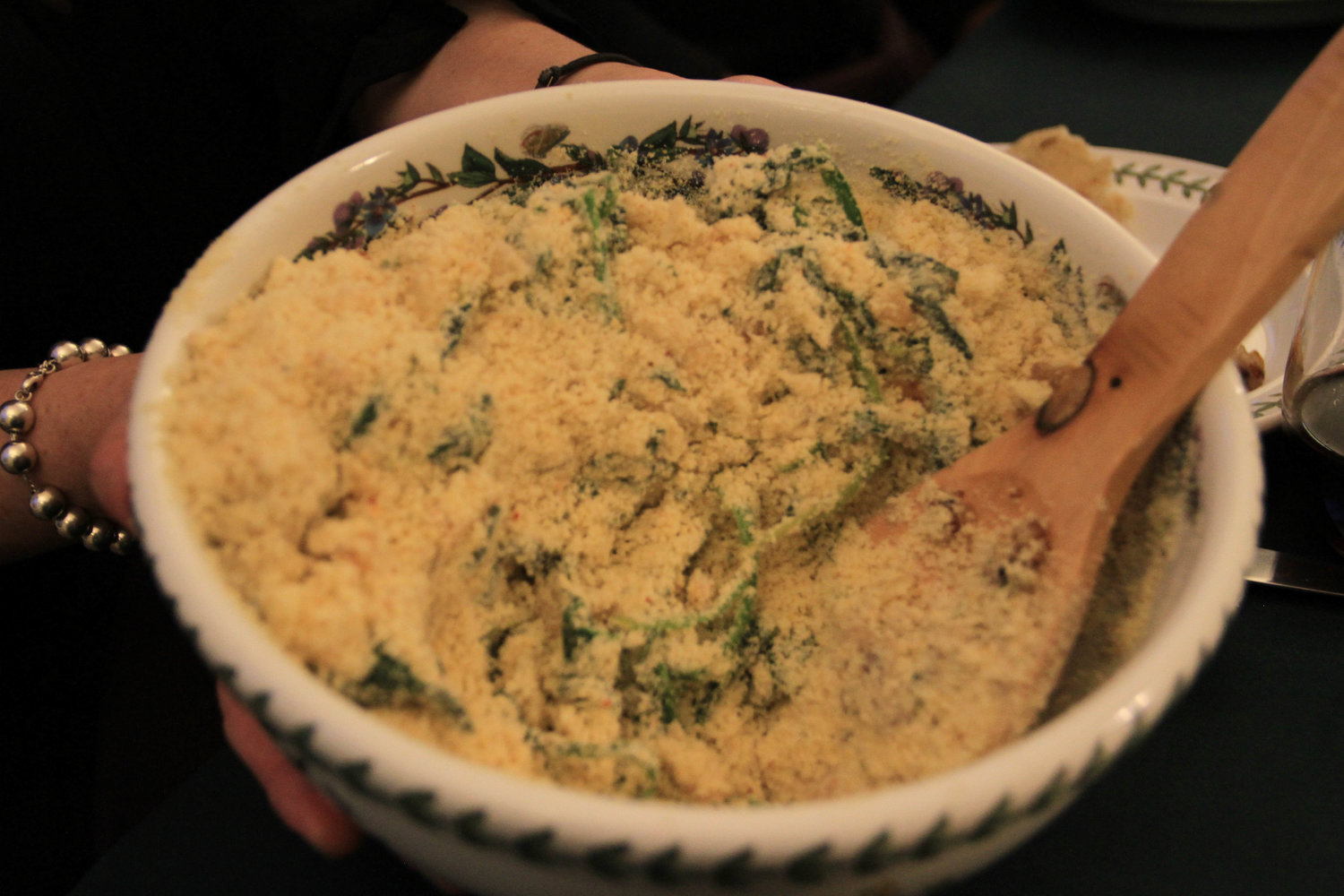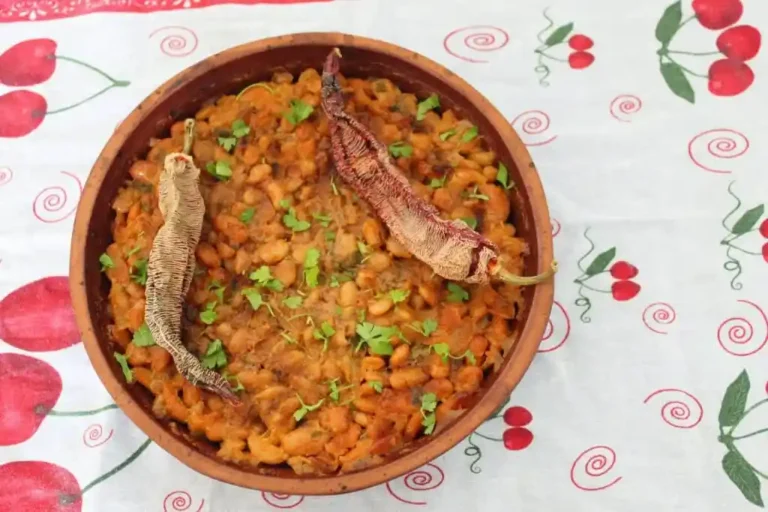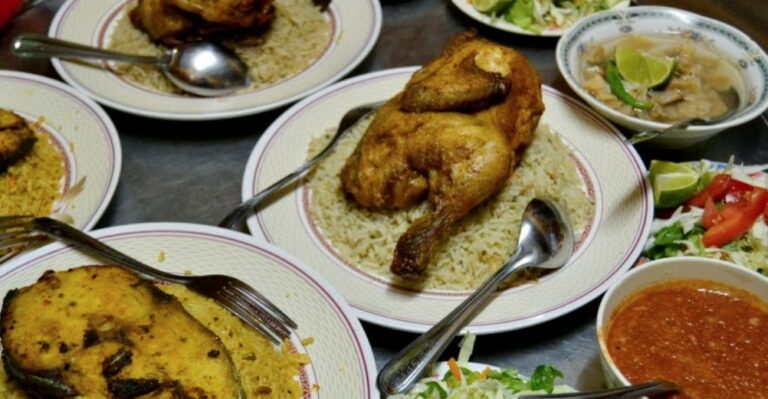Introduction to New Zealand cuisine
New Zealand is a country with a unique cuisine that has been influenced by various cultures throughout its history. The cuisine of New Zealand is characterized by an abundance of fresh seafood, lamb, and beef, as well as fruits and vegetables that are grown locally. The country’s cuisine is also known for its fusion of flavors from its British and Pacific Island influences.
The role of British cuisine in New Zealand
British cuisine has had a significant influence on the cuisine of New Zealand. The British colonizers who came to the country brought with them their traditional dishes, such as fish and chips, roast beef, and meat pies. These dishes have since become staples of New Zealand cuisine and are enjoyed by locals and visitors alike. British culinary techniques, such as baking and roasting, are also commonly used in the country’s cuisine.
The influence of Pacific Island cuisines in New Zealand
The Pacific Island cuisines that have influenced New Zealand’s cuisine include Maori, Tongan, Samoan, and Fijian. These cultures have brought with them their unique flavors and cooking techniques, such as the use of coconut milk, taro, and cassava. Pacific Island cuisines have also played a significant role in the development of New Zealand’s barbecue culture, with the Maori’s traditional hangi cooking method being adapted to a modern barbecue-style cooking technique.
The fusion of British and Pacific Island cuisines in New Zealand
The fusion of British and Pacific Island cuisines has resulted in a unique and diverse cuisine in New Zealand. Some examples of this fusion include the iconic dish of fish and chips with a side of kumara fries, a sweet potato that is commonly found in Pacific Island cuisine. Another example is the Maori-inspired dish of boil-up, which combines traditional British ingredients like pork and potatoes with Pacific Island ingredients like taro and watercress.
Iconic dishes that showcase the influence of British and Pacific Island cuisines
Some of the iconic dishes that showcase the influence of British and Pacific Island cuisines in New Zealand include pavlova, a meringue-based dessert that is believed to have originated in Australia or New Zealand, and the classic Kiwi meat pie, which can be found in bakeries and convenience stores throughout the country. Other dishes include hangi, which is a traditional Maori feast cooked in an earth oven, and the Pacific Island-inspired dish of raw fish salad, or kokoda.
Conclusion: The unique and diverse flavors of New Zealand cuisine
In conclusion, the cuisine of New Zealand is a diverse and complex amalgamation of flavors and cooking techniques from various cultures, including British and Pacific Island cuisines. The fusion of these cultures has resulted in a unique cuisine that is enjoyed by locals and visitors alike. From iconic dishes like pavlova and meat pies to the traditional Maori cooking method of hangi, New Zealand cuisine offers a diverse range of flavors and experiences that are sure to entice the taste buds of any food lover.










